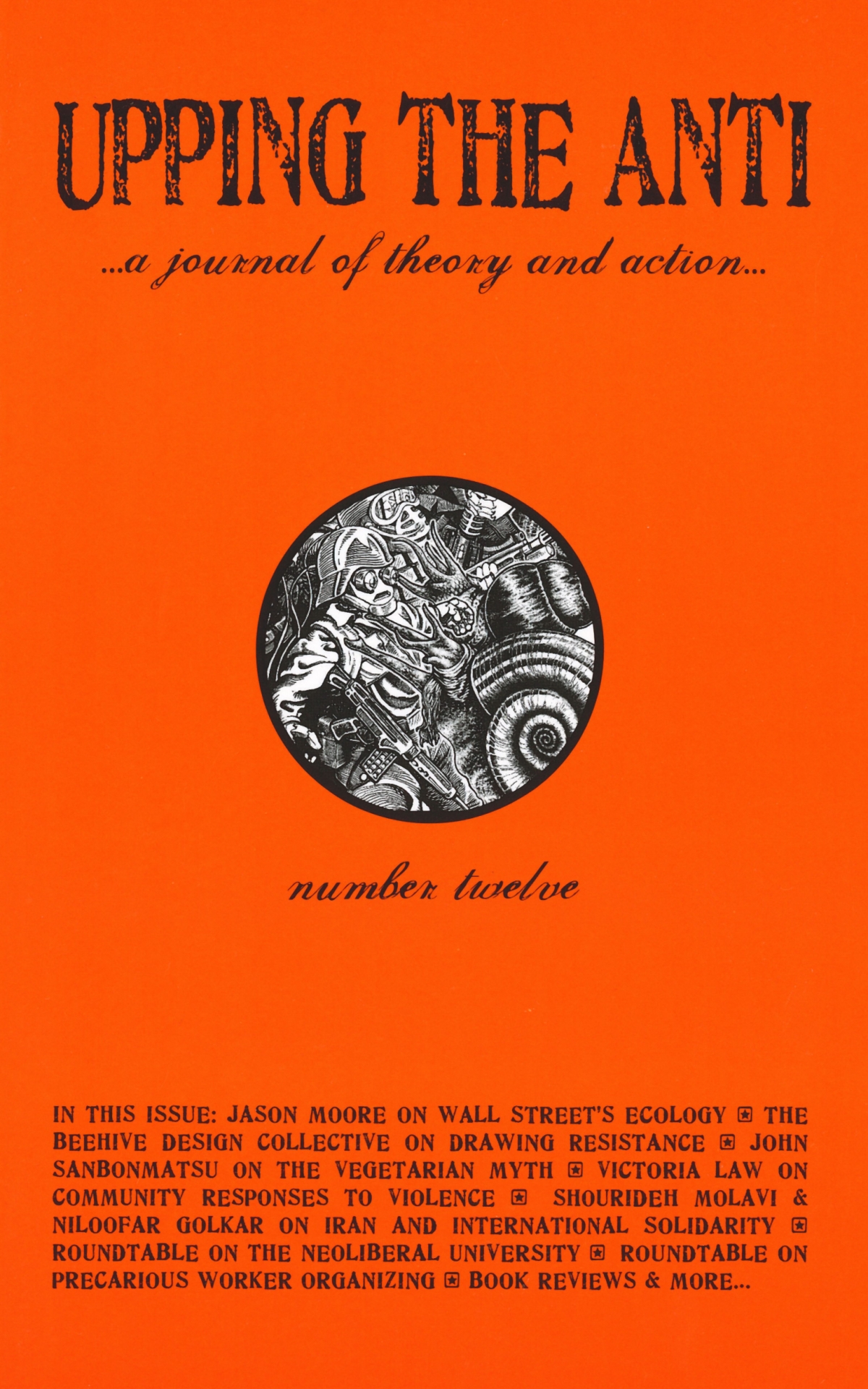Racism and Sexual Oppression Today
Dear UTA,
A central concern amongst critical queer and trans activists and academics over the past decade has been the increasing collusion of mainstream lesbian and gay organizations with racist forms of cultural representation and production, imperialism, state power, and economic injustice. It seems that many within these organizations understand their sexual liberation as entirely commensurate with capitalist exploitation, racial domination, and imperial intervention. These predominantly white, upper middle class lesbians and gays have tried to articulate a form of homosexuality that can be included within existing power structures without transforming them. In the academy, this is analyzed through the language of “homonormativity” and “homonationalism”.
On a practical level, it isn’t always clear how to combat these tendencies. In part, this is due to a relative paucity of thinking about the intersectionality of queer politics with other lenses of analysis and modes of organizing. Although many within such activist groups insist on the importance of intersectional analysis, it isn’t always clear what this means, what kind of intersectionality we need, and how this translates into action.
It is against this backdrop that Ladelle McWhorter’s “Racism and Sexual Oppression in Anglo-America” makes its intervention. A largely unspoken hypothesis of this book is that part of the reason mainstream lesbian and gay organizing is increasingly decoupled from, competitive with, and an obstacle to anti-racist projects is due to the fact that we have failed to adequately grasp the level at which these two forms of social organization and regulation intersect. Although we think they intersect at the level of individual bodies, in fact, they converge at a structural level.
If you live in a predominantly white community (as I do, in Edmonton, Alberta), then it isn’t always clear what the fight against sexual oppression has to do with anti-racism. Anti-racism and queer politics only intersect when we are speaking about queer peoples who also face racism, such as queer people of colour or two-spirited and queer Indigenous peoples. In these cases, we can clearly see the intersection of two (or more) problematics. However, sexual oppression within racially homogeneous communities does not appear to have a necessary relationship to anti-racism. Thus, white gays and lesbians who segregate themselves from non-whites can plausibly claim their sexual liberation is analytically and practically independent of an anti-racist politics.
McWhorter’s work gives reason to rethink this and tools to explain why queer politics must understand itself as anti-racist politics. There is no way to accurately understand sexual oppression in North America, at least since the mid-19th century, except on the broader horizon of a specific form of biological, normalizing white supremacy.
As McWhorter painstakingly documents, racism (or more precisely white supremacy) underwent a fundamental transcription in the 19th century with the rise of modern biology and the development of genetics. Prior to this shift, central markers of racialization were inscribed upon the body, but it was not understood that such markers were passed along through genetic lineage. Fundamental to this change in biopolitical white supremacy is that for the first time in this specific way, it sexualizes racism. Sexuality and regulation of the heterosexual conjugal pair take on a new and paramount significance in this period because sexuality is the medium through which genetic propagation and racial governance function. In other words, sexual regulation – the experience of ourselves as being constituted by our sexualities, is the invention or technological apparatus through which biopolitical racism operates. It is the basis on which, for instance, the eugenics movements and sexual sterilization acts of the 20th century come into effect.
This, following from a suggestion made by Foucault, is what McWhorter calls “racism against the abnormal.” This phrase does not simply analogize racism to the regulation of sexual deviancy, or to the governance of cognitive and physical disability – these forms of regulation are themselves forms of racism. All eugenic laws and sexual sterilization programs, for instance, were racist, regardless of their target of application. They were racist in the sense that they were enacted and propagated in order to purify the human race.
You can see then that there is an intersection here that is different from the one normally deployed in such analysis. The intersection is at the level of the medium of transmission. What is so important about this is that it helps us to explain the necessary relationship between queer politics and anti-racism. Both are aimed at (or, properly understood, at least should be aimed at) white supremacy in its biopolitical and normalizing manifestations.
I would argue, however, that the more traditional way of engaging in intersectional analysis, at the level of individual bodies, has explanatory value that may be missing in McWhorter’s genealogical methods. For instance, while I am convinced that all sexual sterilization programs were white supremacist (even when they targeted a subset of whites), I think it is also true that the likelihood of being targeted by such programs increases if one is marked by two or more forms of abnormality at the level of the individual body. In other words, McWhorter’s genealogical analysis helps us understand the mechanism of governance as always already intersectional. However, in order to explain its targets of application, we still need a more traditional intersectional analysis at the level of individual bodies. And this is true even if those targeted do not identify in the terms of the categories ascribed to them.
McWhorter’s work is of immeasurable importance for demonstrating the interlocking logics of white supremacist biopolitics today; it is a crucial tool against those in the lesbian and gay community who would seek to decouple queer critique from anti-racism. However, the real work consists in demonstrating linkages by enacting them in alliance-building movements between different communities organized and regulated under present systems of governmentality.
In solidarity,
Robert Nichols
Edmonton

